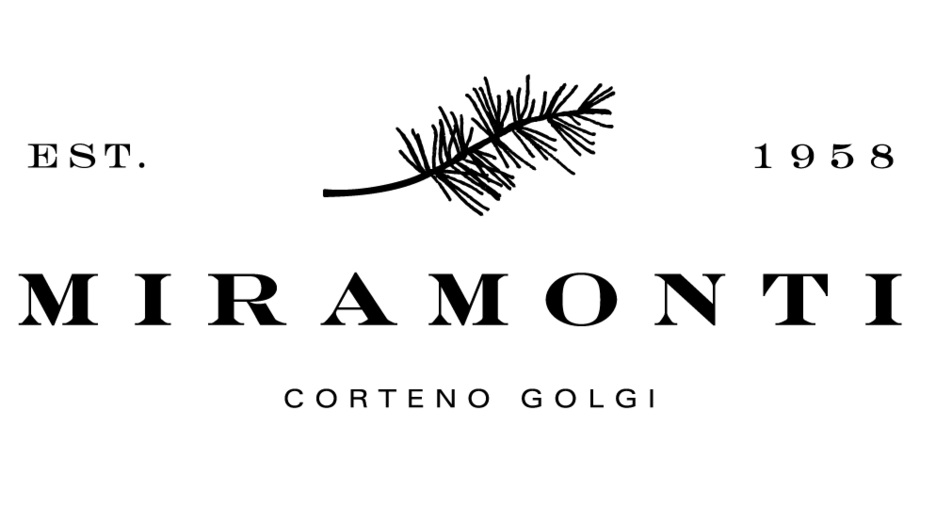Northern Italian Cuisine: Polenta
“The Bread of the Poor”
Polenta, a food staple that has been consumed by Italians for thousands of years, continues to be a popular dish in modern Italy. Polenta is considered to be one of the oldest recipes in history, dating as far back to the ancient Sumerians and in Mesopotamia. Its roots lie in being the pane dei poveri – “the bread of the poor” – which means that it was the key dish that fed peasants back in the days of old. Today, polenta is still widely consumed and is incorporated in hundreds of recipes. Are you on a Weekend Getaway to the Italian Alps and in the mood for some comfort food? Or do you simply want to try Northern Italian Cuisine? Polenta is a great dish to choose from. Our Boutique Hotel serves ‘Luganega e Polenta’ and ‘Caponata con Polenta’, all prepared by our talented chef.
“The origins of Polenta”
The origins of polenta often cause conflict between neighbouring provinces and towns in Italy. It is hard to pinpoint where and when polenta was invented because it was created thousands of years ago. But it is recognised to have originated from Northern Italy, where it became an essential food to many working-class families. The ancient version of polenta was made with mixed grains such as millet, rye and buckwheat - but thanks to Columbus’ expedition to the Americas, he introduced maize to Europe which is now recognised as “corn”. Since then, using corn for polenta has become widespread, so now the majority of recipes you can find of polenta is made with cornmeal. The very first region of Italy that cultivated corn was the Veneto region of Italy. The Italians realised that it was an easy crop to grow and therefore quickly became a household staple among the poor due to its abundance.
Polenta became particularly popular in the 19th century where war and famine became prevalent in everyday society, due to this, polenta became the most popular dish among those who cannot fill their stomachs. However, since the impoverished Italians only consumed polenta by itself, it contributed to the spread of pellagra, a deficiency disease caused by lack of nutrients. Polenta today continues to dominate the Northern regions over Italy – even more than the dry kinds of pasta which are significantly more popular in the Southern areas. There is a colloquial saying that people from the South are called “Mangiamaccheroni” (Macaroni eaters) while people from the North are called “Polentoni” (Polenta eaters) – but be careful! In the region of Lombardy calling someone a “Polentone” might also refer to someone who is clumsy and awkward.
“SIMPLE INGREDIENTS”
To make polenta, all you need is a minimum of three ingredients; cornmeal, water and salt – that is what makes it such a budget-friendly dish to produce and consume. It also is a generally easy dish to cook; boil cornmeal and water, continuously stir it in a pot and serve once ready. Depending on the type of cornmeal and cooking technique you use, the polenta’s texture can vary from creamy to grainy; and even to crispy! Polenta is known to be highly versatile due to the reason you can easily manipulate it through cooking methods such as frying, baking and grilling. It is best to eat polenta with an accompaniment of toppings so that you can get a combination of different nutrients within your diet while also adding a bit of flavour to its blandness, for instance; melted cheese, legumes, slow-cooked meats, porcini mushrooms or even sausage. Polenta is deeply rooted in regions of Northern Italy particularly in areas like Piedmont, Veneto, Lombardy and Friuli. In the alpine area of Lombardy, polenta taragna is a popular variety of polenta. It is a typical dish found in Valtellina, Bergamo and Brescia – characteristic of Valtellina Cuisine – the cornmeal is mixed with buckwheat flour and therefore pertains a darker colour. Then in the Como and Bellagio areas, ‘tucch’ is another polenta variety that is served piping hot with butter and cheese. You can even find festivals about polenta! From October to November, head over to Vigasio, Verona where ‘Festa Della Polenta’ will take place, or head over to Bergamo where the ‘Festa Della Polenta Taragna’ will also take place around the same time. In Veneta, they use polenta to mix it into a batter for recipes such as zaletti biscotti! The dish of white polenta is also prevalent in areas like Veneto; they like to serve it with more delicate foods such as fish and seafood.
After you read this article, you can now proclaim yourself as a polenta expert! Grab some cornmeal, salt and boiling water, and you’re now ready to make your own. If you are travelling to Northern Italy, make sure to stop by Albergo Miramonti to have a taste of our polenta dishes in our Alpine Restaurant. But if you do decide to stay at our hotel, we’ve got many hotel amenities such as our Hotel Spa, Cigar Lounge and Yoga Studio.
For more articles about Northern Italy and its cuisine, read our blog:



